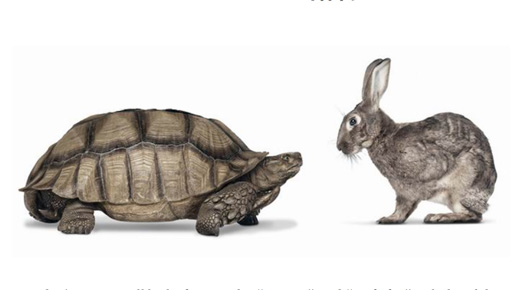In today’s column, I will be looking at kaizen and kaikaku through the lens of the explore/exploit model. Kaizen is often translated from Japanese as “continuous improvement” or “change for better.” Kaikaku, another Japanese term, is translated as “radical change or improvement.” Kakushin is another Japanese word that means “innovation” and is used synonymously with kaikaku.
|
ADVERTISEMENT |
Kaikaku got more attention from lean practitioners when Katsuaki Watanabe, Toyota’s former president and CEO, said in 2007, “Toyota could achieve its goals through kaizen. In today’s world, however, when the rate of change is too slow, we have no choice but to resort to drastic changes or reform: kaikaku.”
…

Add new comment